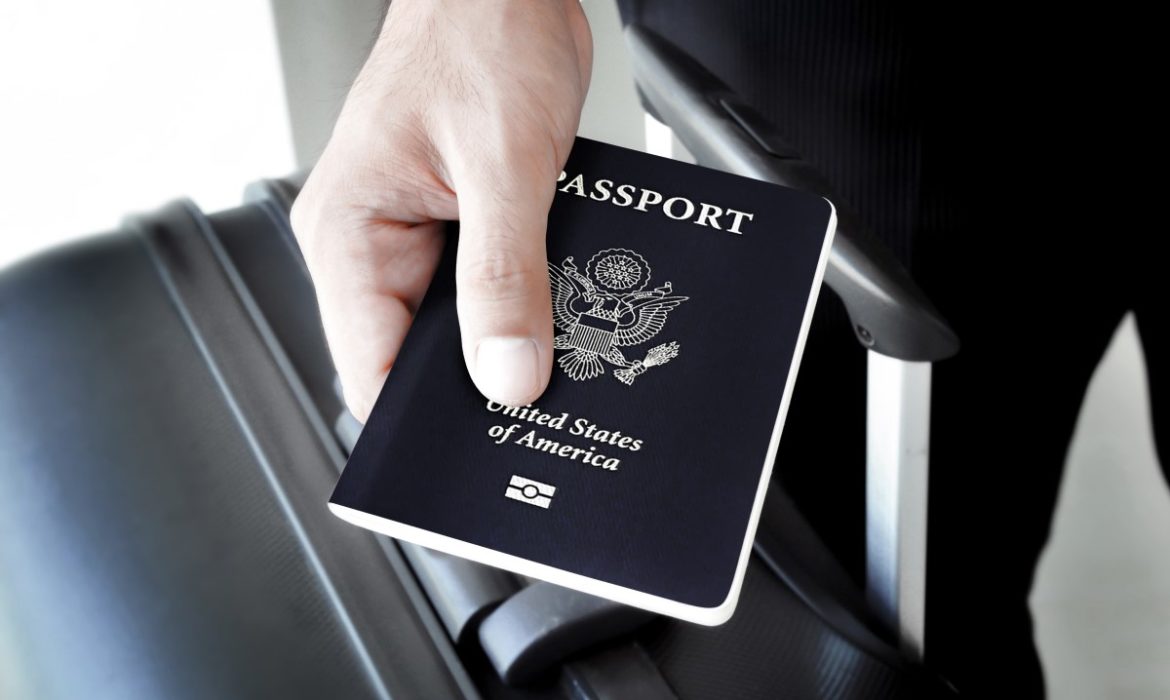The Transportation Security Administration depends on new technology to confirm the validity of travelers’ identification and flight information.
From now on, Syracuse Hancock International Airport passengers have to insert their ID directly into a scanner. As a result, TSA officers don’t need to touch the IDs anymore. This is helpful to avoid the spread of the coronavirus, according to the TSA.
After reading the ID, the new system will verify its authenticity. After this, it will confirm that the traveler is scheduled to fly out of the airport that specific day. On the other hand, out-of-date or fake IDs are immediately flagged on a monitor.
The TSA stated that passengers wouldn’t have to hand over their boarding pass (paper or electronic), thus eliminating another “touchpoint.”
Nonetheless, the officers may request a boarding pass for travelers under the age of 18 or those whose IDs cannot be verified through the system. The agency also noted that travelers will still need to check in with their airline in advance, along with showing their boarding pass at the gate before boarding their flight.
Bart R. Johnson, the TSA’s federal security director for Upstate New York, stated that the new technology enhances detection capabilities for identifying fraudulent IDs, among them driver’s licenses and passports at checkpoints. It increases the airport’s efficiency by automatically verifying passenger identification. Furthermore, the system has the additional capability of confirming the passenger’s flight status in nearly real-time through a secured connection.
Stadia game streaming becomes available on iOS via a web app
What does the TSA call the new system?
The TSA named its new system a credential authentication technology or CAT. The agency noted that the system could authenticate several thousand types of IDs. Among them U.S. visas, passports, permanent resident cards, retired military ID cards, military common access cards, Department of Homeland Security Trusted Traveler ID cards, driver’s licenses, uniformed services ID cards, and photo IDs issued by state motor vehicle departments.
The unit consists of an ID card reader, a passport reader, a monitor, a federal personal identity verification ID card reader, and a stand, as well as a UV light.
According to the TSA, the unit will not eliminate the need for passengers to have a REAL ID-compliant driver’s licenses or other acceptable forms of identification by Oct. 1, 2021. The unit will not accept a driver’s license after that deadline if it is not REAL ID-compliant.
The TSA initially set the REAL-ID deadline on Oct. 2, 2020. However, they delayed the deadline a year because of the Covid-19 pandemic.
















